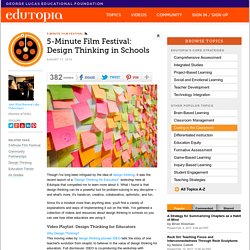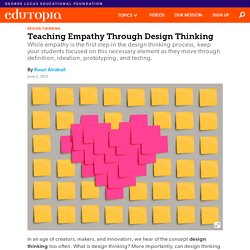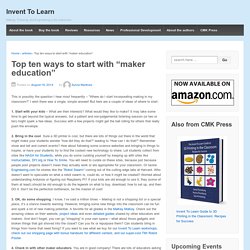

STEMNET Employability skills guide. MLPBL. Tccl.rit.albany. Novel Engineering - Home. Plot: This is the story of an eleven-year-old boy, Marty, who finds a stray beagle, Shiloh, in the West Virginia hills near his house.

Marty learns that Shiloh belongs to a local man named Judd Travers who abuses his hunting dogs. Marty does not want to return Shiloh to Judd Travers, so he tries to conceal him and care for him in the woods near his home. After a German shepherd attacks Shiloh, Marty’s family discovers Shiloh and makes Marty return him to Judd. Marty then arranges to work for Judd Travers in exchange for Shiloh. Problems identified by students: Shiloh is not safe in the pen Marty has built for him in the woodsMarty wants to keep Shiloh’s pen in the woods a secretMarty has to do difficult manual labor for Judd Solutions designed by students: MakerBot Design Series: The Bike Saddle. 7 Things I Wish I'd Known about Starting a Makerspace - Making is Elementary. Are you thinking about starting a makerspace?

The idea is exciting… but figuring out how to start can seem daunting, and it can be easy to talk yourself out of starting a makerspace before you even begin. Below are 7 things that I wish I’d known about getting started with makerspaces back when I was thinking about first taking the plunge. 1. The best way to learn is just to just jump in. “It’s difficult to learn to swim without getting wet. Before I started the makerspace program in my library I spent several months on the edge of the pool trying to wrap my head around exactly what a school makerspace was supposed to be. 2. 3. 4. Pretty quickly you’ll find yourself branching out and confidently empowering your students to start making in areas that interest them, but there’s nothing wrong with leveraging your own expertise and passion and beginning with maker activities that keep you in your comfort zone.
The LAUNCH Cycle: A Design Thinking Framework for K-12 Students. 5-Minute Film Festival: Design Thinking in Schools. Though I've long been intrigued by the idea of design thinking, it was the recent launch of a "Design Thinking for Educators" workshop here at Edutopia that compelled me to learn more about it.

What I found is that design thinking can be a powerful tool for problem-solving in any discipline -- and what's more, it's hands-on, creative, collaborative, optimistic, and fun. Since it's a mindset more than anything else, you'll find a variety of explanations and ways of implementing it out on the Web. Design Thinking in Schools K12 Directory. Teaching Empathy Through Design Thinking. In an age of creators, makers, and innovators, we hear of the concept design thinking too often.

What is design thinking? More importantly, can design thinking help you as an educator in your classroom? Design thinking is a concept that centers around applying creativity and innovation to our actions, decision making, and problem solving as human beings. More significantly, it focuses on the impact that this creative and innovative thinking has on individuals. As a concept, design thinking can be used pedagogically to enhance our teaching practices. The core principles of design thinking are to empathize, define, ideate, prototype, and test. To practice this with your students, identify a problem that you will need to solve in your own environment. Top ten ways to start with “maker education” This is possibly the question I hear most frequently – “Where do I start incorporating making in my classroom?”

I wish there was a single, simple answer! But here are a couple of ideas of where to start. 1. Start with your kids – What are their interests? What would they like to make? 2. 3. 4. Twitter – the #makered hashtag is very active with global contributions of links and projects. 5. 6. 7. Design Thinking in Education: Empathy, Challenge, Discovery, and Sharing. "Design thinking gave me a process to weave through all of the project–based learning experiences I create with my kiddos. " "As a leader of a #NextGen school, design thinking is our continuous innovation process.
" "Design thinking reminds me all the time why I became an educator; it all starts with empathy. " An Oasis for Educators The quotes above -- full of insight and affirmation -- are just some of the many that I've heard from educators taken by the power of design thinking and moved to bring it into their practice. When we started the @K12lab at Stanford's d.school back in 2007 we began with a hunch that design thinking would be a great tool for educators to deploy in their classrooms and schools, and that ultimately, it would be a useful process for kids working through interdisciplinary challenges.
In the last few years, the field has witnessed an explosion of interest in design thinking, nationally and internationally. 4 Modes for Developing Your Practice 1. How do you do it? 2. 3. Breaker: The Future of Stuff. Design Thinking in Education: Empathy, Challenge, Discovery, and Sharing.